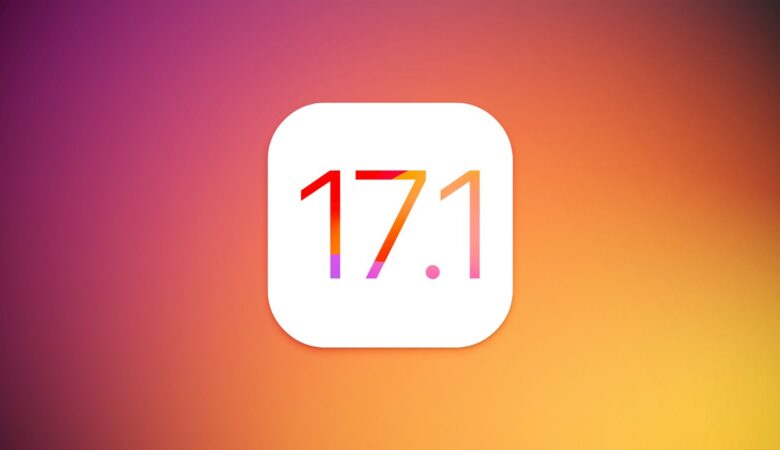A shallow earthquake with a preliminary magnitude of 7.8 struck off the coast of Alaska early Wednesday morning (0612 GMT).
The earthquake was centered 60 miles, or 98 kilometers, south-southeast, of Perryville, Alaska, according to the US Geological Survey. The quake is considered shallow at about six miles, or 10 kilometers, deep.
“Anything below 70 kilometers is considered a shallow quake,” That’s important, because shallow earthquakes often cause the most damage, compared to the ones that are deeper, regardless of the strength.
“A tsunami warning had been issued following the earthquake, according to the National Oceanic and Atmospheric Administration. The warning was in effect for south Alaska and the Alaska peninsula — Pacific coasts from Kennedy Entrance, Alaska (40 miles southwest of Homer) to Unimak Pass, Alaska, according to the Tsunami Warning Center.
But all tsunami warnings and advisories were canceled early Wednesday morning, according to the National Weather Service. Earthquakes are more likely to develop into tsunamis if they are high in magnitude, are shallow, and are thrust earthquakes rather than strike-slip earthquakes, according to the USGS. Quakes between magnitudes 7.6 to 7.8 have the potential to produce destructive tsunamis.
A tsunami warning was in effect for the Alaskan peninsula and south Alaska.
There have been at least 11 aftershocks ranging from magnitudes of 3.9 to 6.1.
“For the other US and Canadian Pacific coasts in North America, the level of tsunami danger is being evaluated.”
Warning sirens sounded in Kodiak, the main city on Kodiak island, and several thousand people were evacuating lower lying areas, Sergeant Daniel Blizzard, with the Alaska State Troopers, told 11 KTVA News.
“People are pretty concerned especially with an earthquake that big that close to Kodiak,” he said.
“The last one, there was no wave whatsoever. This time, we’re not sure there is a wave, but we are preparing like there is one,” Blizzard said.
The first place predicted to see a tsunami wave, Sandy Point, had so far reported only “a very small wave,” James Gridley, director of National Tsunami Warning Center in Palmer, told Alaska Public Media (APM).
“We’re not expecting a massive wave anywhere,” he said.
The quake however was felt hundreds of miles away.
“Bed and curtains were going. Felt like a very long quake!” one witness in Homer, Alaska, 400 miles from the epicenter, said on the quake monitoring website msc-csem.org.
It was followed by several aftershocks, the strongest measuring 5.7.
There were no immediate reports of damage or casualties.
The tremor appeared to be a subduction zone quake, where two tectonic plates converge, a seismologist said.
“It’s the interface, the plate boundary between where the Pacific plate thrusts underneath North America. A very standard type of earthquake in this area,” Mike West from the Alaska Volcano Observatory told APM.
Alaska is part of the seismically active Pacific Ring of Fire.
The US state was hit by a 9.2-magnitude earthquake in March 1964, the strongest ever recorded in North America. It devastated Anchorage and unleashed a tsunami that slammed the Gulf of Alaska, the US west coast, and Hawaii.
More than 250 people were killed by the quake and the tsunami.
Also Read : News Highlights From July 2020






Leave a Reply
You must be logged in to post a comment.